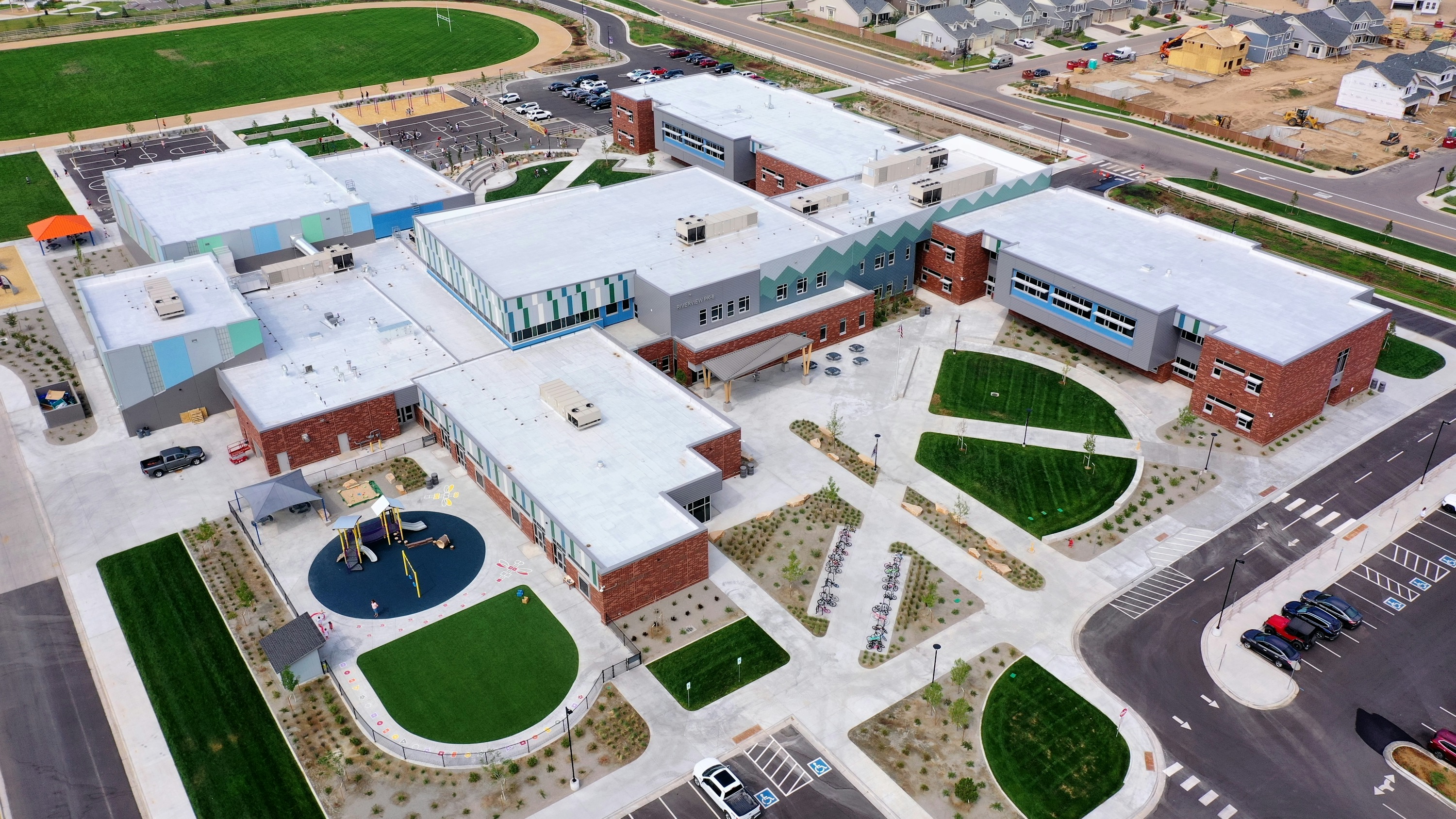
As inflation and material shortages continue to present hurdles in school renovations and new construction, long-range planning plays a vital role in making proactive and impactful changes over an extended period of time, despite unexpected external forces.
Long-range planning helps align school districts’ long-term goals and develop action plans that provide smaller and more achievable steps to reach their ultimate objectives. Plans can range from a few years to a few decades into the future and help guide decision making, budget planning and short-term projects along the way.
When involved early in the process, the Wold team can provide guidance and recommendations throughout, engaging stakeholders and users to ensure all voices are heard, and our in-house engineering team allows for comprehensive feedback on all current facilities upgrades considered in the long-range plan. We ensure that all educational spaces, no matter how old or outdated, are reimagined and retrofitted to accommodate and sustain the district’s innovative visions and new methods of teaching for decades to come.
Our team sat down with Kristen Battige, director of operations at Thompson School District (TSD), Terry Davis, chief operations officer at Littleton Public Schools (LPS), and Rob Price, superintendent of operational services at Boulder Valley School District (BVSD), to reflect on the long-range planning process, the financial challenges of space planning needs and each district’s experience working with Wold.
Read below for their insights.
Rob Price from BVSD: In 2021, the district assessed our 4.8 million square feet of facility space and associated sites. The team evaluated major architectural, mechanical, electrical, and site infrastructure system components, estimated replacement values, and determined where each component is within its expected lifecycle. The process identified over $670 million in deficiencies needing to be addressed in the next 10 years.
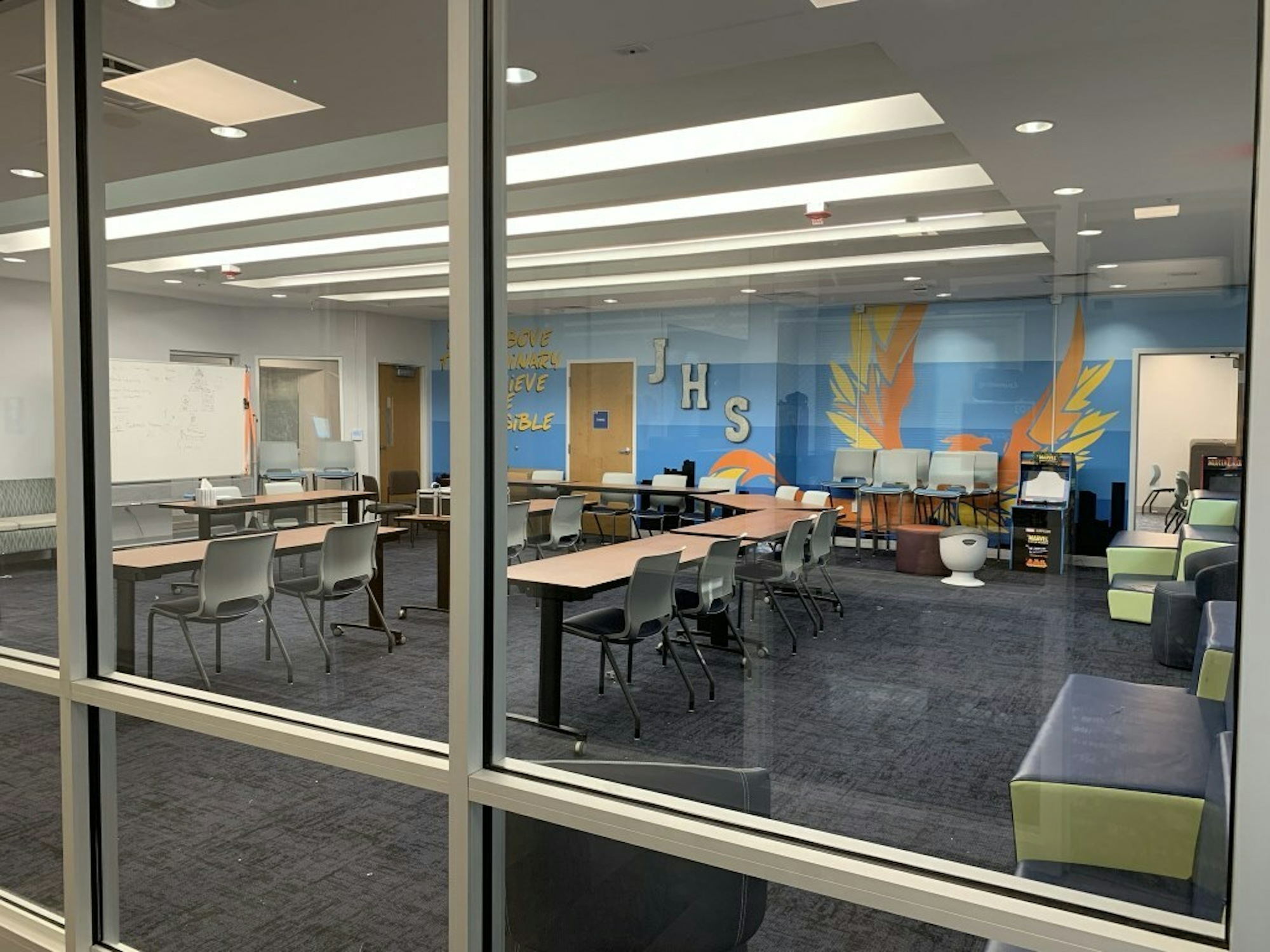
Kristen Battige from TSD: Our long-range planning project involved a collaborative process in which we set goals with the Wold team, discussed how to achieve them, and then put a plan and schedule in place with milestones and target dates along the way. To understand our needs, they met with maintenance technicians, athletic directors, and other departments to gain insight into how our buildings are used. Wold was, and continues to be, a great partner.
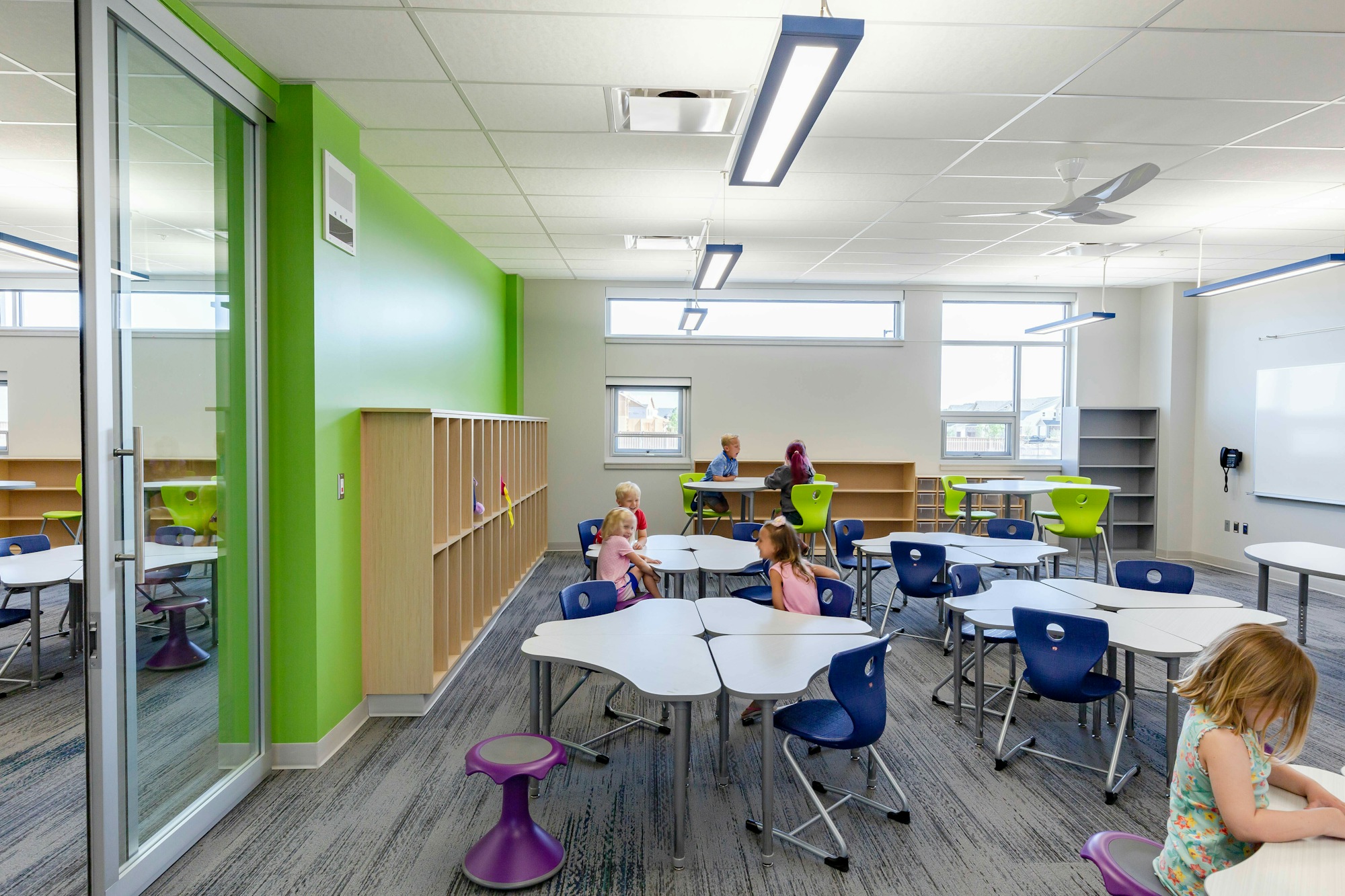
Terry Davis from LPS: Our district serves around 14,000 PreK–12th grade students through 26 schools and support buildings. We understand that we serve an aging community and have had to close, consolidate or renovate nearly every building. Following our 50-year facilities plan over the next 40 years will give us the opportunity to replace all of our aging facilities. Under our current bond we have replaced a middle school, three elementary schools, added a STEM center, eight turf fields and addressed several district capital needs. For the first time in 40 years, we are building new facilities and are currently underway laying the groundwork for our next capital construction bond in 2028.
Terry Davis from LPS: A diverse array of community stakeholders must be at the table. Our long-range committee consists of past board members, representatives of the senior volunteers, parents, members of other district committees, representatives from charter schools, representatives with ADA backgrounds, architects, engineers and local municipalities. These stakeholders learn about the district’s challenges, and their feedback is collected to inform recommendations made to the board of education. The committee also presents a united front once voting on a proposed recommendation. This process establishes more credibility, trust and community buy-in than proposals would incur if they were brought forward by district staff. Our Long Range Committee is truly the link between the district and the community and vice versa to review data and make recommendations to the Board of Education.
Rob Price from BVSD: BVSD is extremely fortunate to have a community that believes in the value of public education and is willing to provide quality learning environments with its tax dollars. In November 2022, BVSD voters approved a $350M bond-funded capital improvement program, which will provide for major maintenance and allow BVSD to update facilities over the coming years. As we implement the program, BVSD is facing the same challenges many other districts are facing with ever-escalating construction costs, the ongoing labor shortage, and insufficient funding for school building maintenance from Colorado’s current education funding model.
“Moving forward during these volatile times in the construction industry will require a great deal of flexibility and a proactive approach to manage expectations,” explains Job Gutierrez, AIA, Partner at Wold Architects and Engineers. “In education projects, we have always understood the need for a great deal of communication with the public. Now more than ever, we need to make sure the public is being kept in the loop.”
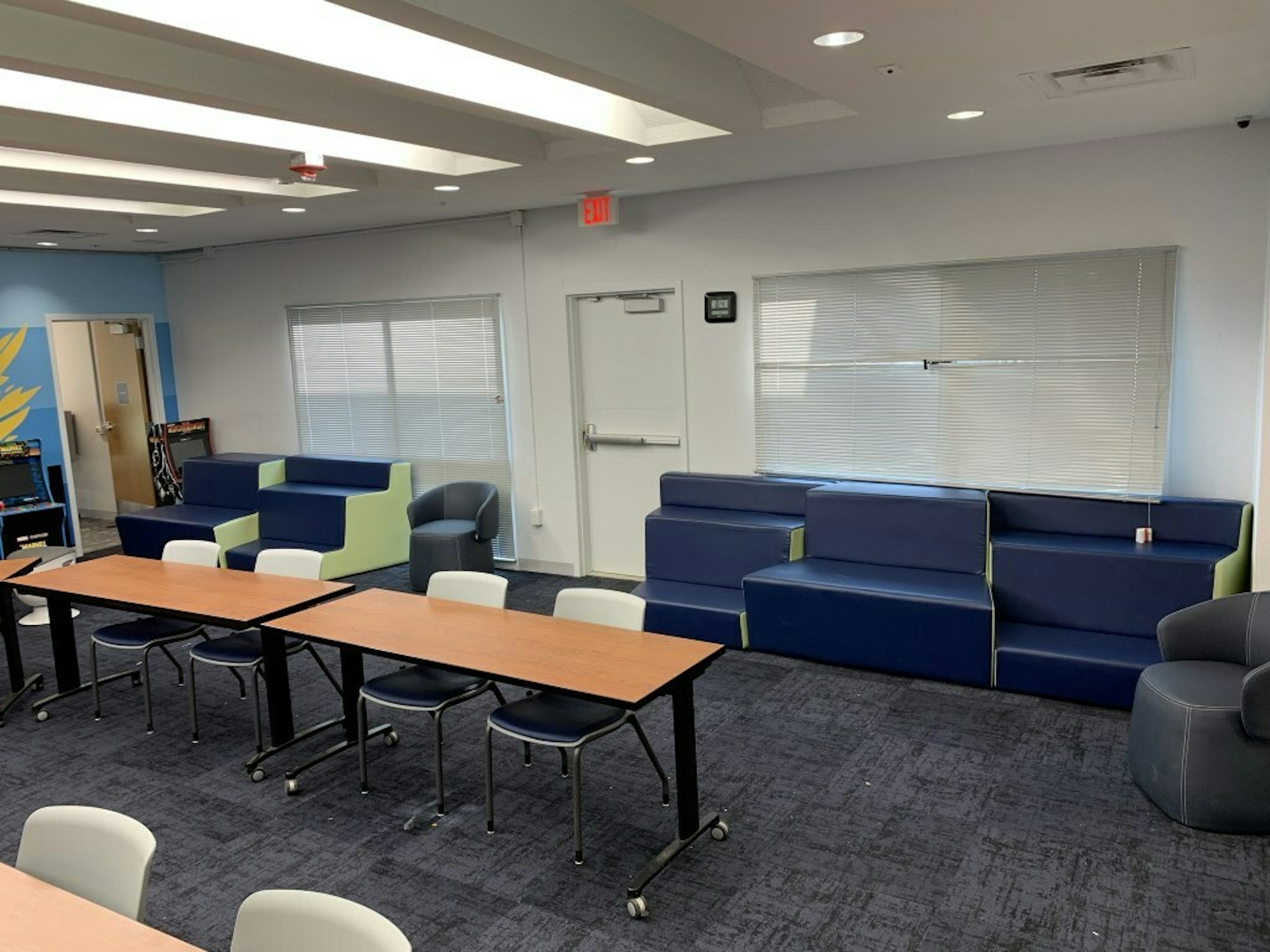
Kristen Battige from TSD: Aging infrastructure is certainly a challenge, with our average building age around 50 years old. We are fortunate to have great staff who do a very nice job keeping our buildings running, but, as is the case with most school districts, the needs and necessary funding far outweigh the annual budget we have available to address them.
“Securing funding for significant capital investments is a challenge. In Colorado, public school financing is really only set up to fund ongoing day to day operations and any major facilities projects need to be funded outside of annual operating budgets. This typically means asking voters to pass a bond, and that is always a tough ask." shares Josh Grenier, AIA, Partner at Wold Architects and Engineers. "We encourage and support districts in looking for additional funding sources. There are financial assistance programs that, given the proof of need, can be beneficial. For example, the BEST program in Colorado has been a major resource for many districts to move projects from dream to reality.”
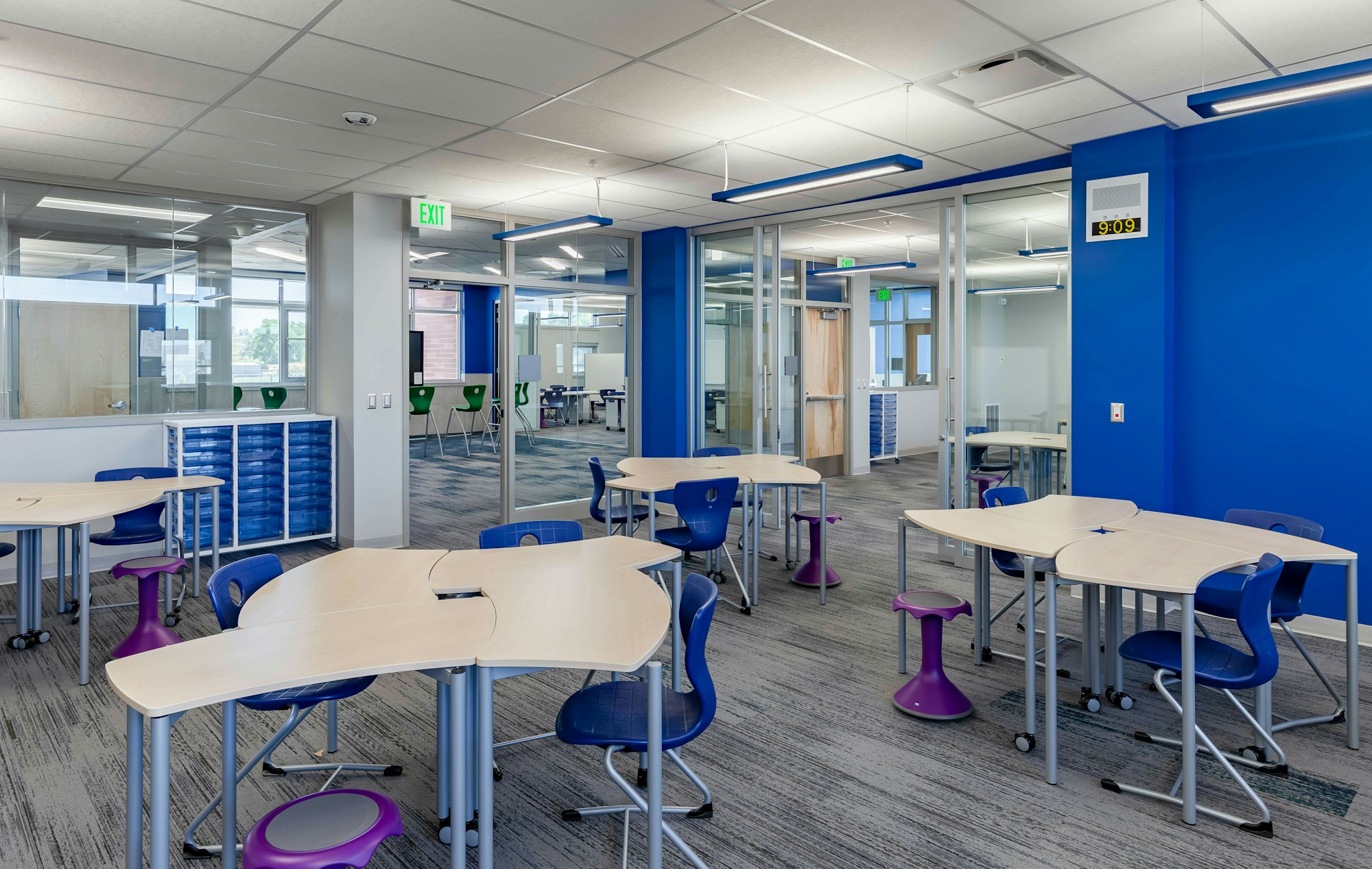
Terry Davis from LPS: Budgetary constraints for older facilities that cost more to maintain force us to make dollars stretch further, which makes allocating money to the maintenance of our educational infrastructure a huge challenge. In Littleton, we also have an aging local population that contributes to declining enrollment at our current facilities.
Kristen Battige from TSD: When determining which facilities in our district need to be replaced versus renovated, we look at deferred maintenance needs versus current replacement values (CRV), as well as other needs within the school community, to guide these decisions.
Rob Price from BVSD: When considering building replacement, BVSD looks at the building’s facility cost index, along with other factors, to evaluate whether to renovate or replace. One of the benefits of gathering accurate facility data is not only that the true condition becomes clear, but it also results in a benchmark to analyze the effect of investing in facility improvements.
“This has always been a challenge for school districts, especially large ones. Making the decision on whether to replace one or two schools versus the entire campus is not an easy decision,” shares Job. “The best way to approach this challenge is with a rigorous planning process that sets up initial guidelines. This way, districts will be able to make decisions that can be rationally explained and supported with data.”
Rob Price from BVSD: For many districts, school replacement isn’t a financial option. Creative remodeling can go a long way toward modernizing a school to keep it updated to support modern instruction, and working with an architecture and engineering firm like Wold can help showcase the possibilities in new ways. Remodeling can cost less and can be more sustainable because it can embody the energy of the existing building, but it won’t always be able to match the greener and more innovative buildings new construction can build using more state-of-the-art technology.
Terry Davis from LPS: Short-term fixes are a band-aid. After a certain point, it makes more fiscal sense to provide a new facility, and there needs to be a plan in place to achieve that goal. Furthermore, how we teach today is also different than it was 50 years ago, so the evolving needs of students and teachers must be considered and integrated into a long-term plan.
Rob Price from BVSD: Long-range planning allows districts to be proactive about budgeting and managing facilities rather than reacting to needs as they come up, which is a less efficient use of funding and staff resources.
Our team at Wold Architects and Engineers is happy to be a resource to districts looking to proactively prepare and reach their goals through long-range planning. We understand the impacts inflation and budgeting can have, and our additional expertise in engaging stakeholders and community members creates an inclusive, diverse process to ensure needs are met and funding is available for many years to come. Through our collaborative planning process, we can facilitate the necessary conversations to ensure your district has the strategy, budget and enthusiasm it needs to succeed.
Josh Grenier is a partner and can be reached at jgrenier@woldae.com. Job Gutierrez is also a partner and can be reached at jgutierrez@woldae.com.